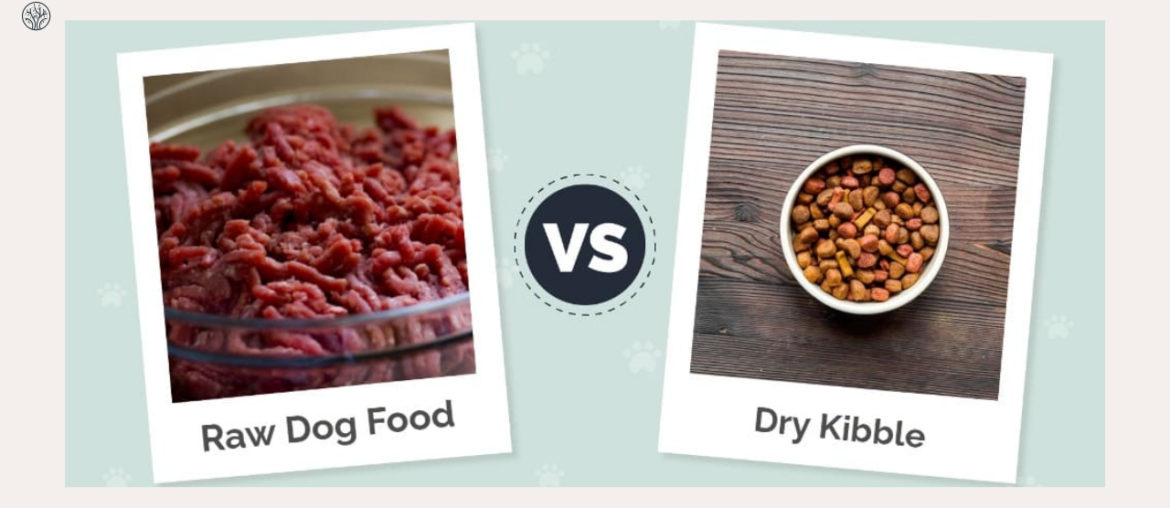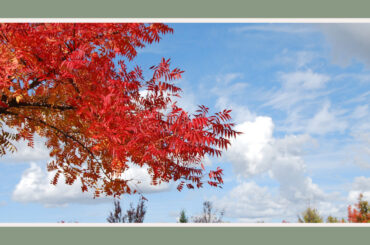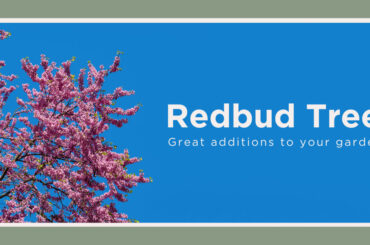Have you ever wondered how to give your furry friend the best food? Many options are available, but the most common are raw feeding vs kibble diet. People have conflicting opinions on the pros and cons of these two approaches. But which one is better for your dog’s health, well-being, and happiness?
There’s no perfect answer here. Each pet is different, so you must weigh these two options carefully. Follow our steps and find out what to choose to keep your pet happy and healthy!
In our last reveal about the pros and cons of raw feeding your dog, we learned that this diet includes mainly raw meat, bones, organs, and fruits and vegetables.
Meanwhile, kibble diets mean feeding your pets with dry, processed pellets that are convenient and easy to store. The idea behind the kibble diet is that it is a complete and balanced food that fulfills your dog’s nutritional needs. Kibble makers declare their products are made with high-quality ingredients, tested for safety and quality, and enriched with vitamins and minerals.
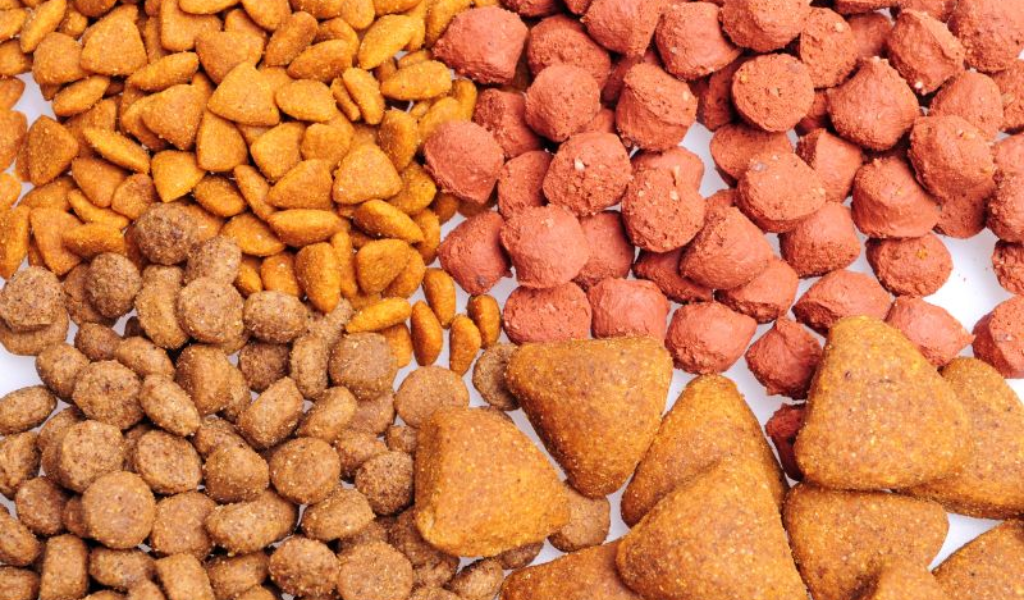
A typical kibble diet for dogs includes:
- Meat meal or by-products
- Cereals or grains, like corn, wheat, rice, barley, etc.
- Vegetables or fruits, like peas, carrots, apples, etc.
- Fats or oils such as chicken fat, sunflower oil, etc.
- Additives such as preservatives, antioxidants, colorings, flavorings, etc.
Some dog owners also include other ingredients such as fish meal, beet pulp, brewer’s yeast, and more. There are many types of kibble diets online, ranging from generic to premium, and from grain-free to hypoallergenic.
How much raw food is equivalent to kibble?
The amount of raw food diets equal to kibble depends on several factors, such as your dog’s weight, activity level, metabolism, and the food’s caloric density.
A general rule of thumb is to feed your dog 2% to 3% of his body weight in raw food per day. or example, if your dog is 50 pounds, then give him 1 to 1.5 pounds of organ meats per day. Also, this amount varies depending on your dog’s needs and likes.
On the other hand, the portion of kibble you should feed your dog is on the instructions on the product’s label. Different brands and formulas have different caloric contents and feeding guidelines. Follow the recommendations on the package, and adjust them according to your dog’s response.
Raw Feeding vs Kibble Diet Comparison
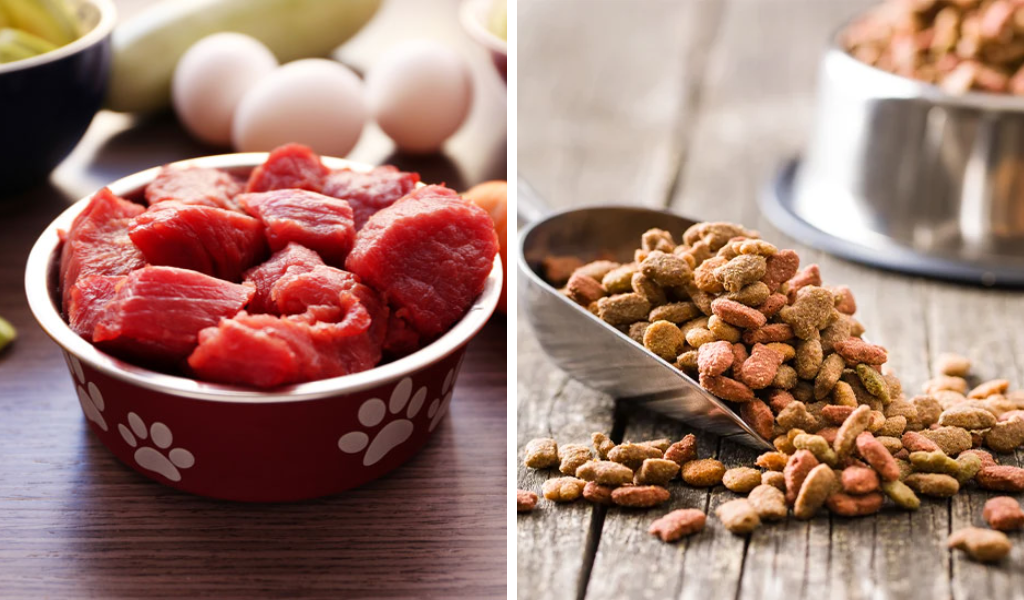
Now that we have a basic understanding of what raw vs kibble diets are, let’s compare them in different terms to have an overview:
1. Nutritional Content
The first contrast between these two methods lies in the nutritional makeup of the food. Raw dog food comes with natural nutrients that are easy for your dog to digest and enjoy. This kind of pet food is a treasure trove of vitamins, minerals, amino acids, enzymes, antioxidants, and fatty acids – all are great for keeping your furry buddy healthy.
Compared to kibble, raw food has more water and fiber. The extra water helps your dog stay hydrated, and the fiber keeps their tummy and bathroom habits on track.
How about dry food in kibble? It is highly processed and cooked at high temperatures and pressures. That can destroy or degrade some of the natural nutrients in the ingredients.
Therefore, manufacturers often add synthetic vitamins and minerals to kibble to achieve balanced diets. However, these nutrients may not be as effective or absorbable as natural ones. Plus, kibble has less water and fiber, sometimes leading to dehydration and constipation.
2. Carbohydrates
Another difference when comparing raw food vs kibble for dogs is the amount and type of carbohydrates in the food. Dogs have no biological or nutritional need for carbohydrates; they utilize proteins and fats as their main energy sources. Carbohydrates can cause blood sugar spikes, inflammation, obesity, and other health problems for your furry friend.
The great thing is raw dog food diets are low in carbohydrates and high in protein and fat. They are more suitable for your dog’s digestive system and metabolic needs.
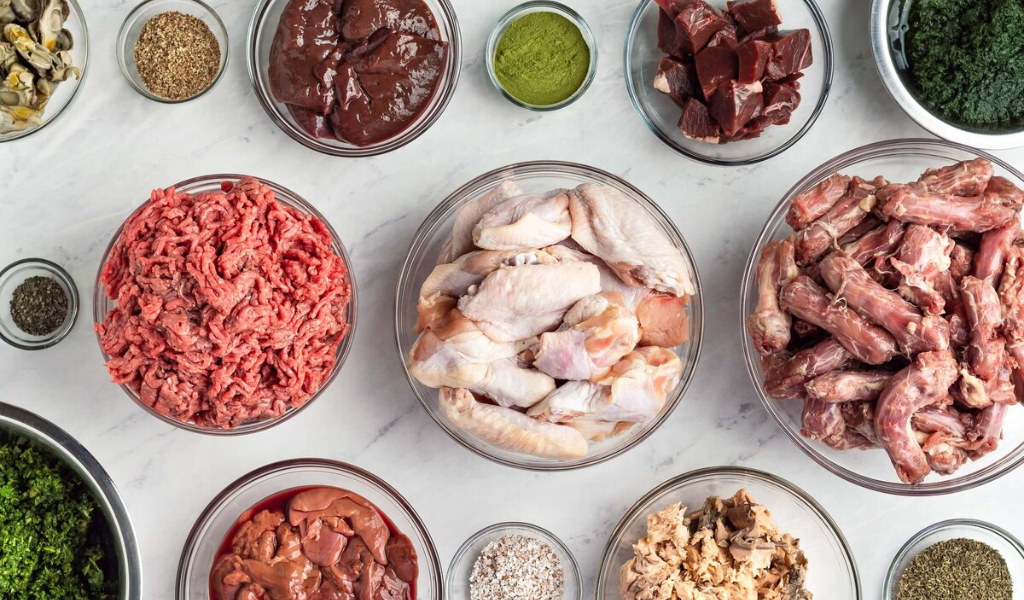
Meanwhile, kibble food is high in carbohydrates and low in protein and fat, which is not optimal for your dog’s health and performance. As mentioned above, kibble food often contains grains or cereals – they are cheap fillers that supply little nutritional value for your dog. These grains or cereals can also cause allergies, intolerances, or sensitivities in some pets.
Also, kibble food contains other sources of carbohydrates such as potatoes, peas, lentils, etc. They are better than grains but still not necessary for your dog.
3. Pricing
The next difference between raw dog food vs kibble diet is the cost. Here is the point: raw food diets are more expensive than processed kibble.
When feeding your dog a raw diet, you must choose high-quality, human-grade meats and organic ingredients. All these factors drive up the expense of this diet. Further, specialty options like freeze-dried or dehydrated raw foods are even more expensive.
In the meantime, a wide range of kibble brands are available at different price points, allowing pet owners to choose based on their budget. For example, Yumwoof’s perfect kibble is only $3.86/cup – such a bargain! They even offer various promos to help you save more on dry dog foods.
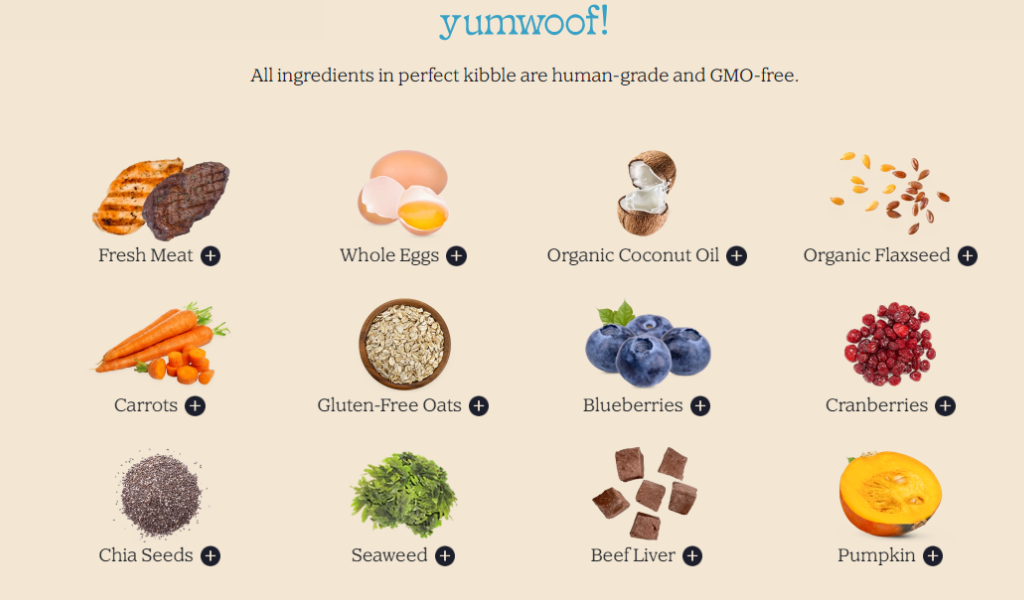
However, while kibble has a lower initial cost, consider potential long-term health costs. It’s worth noting that some health issues may arise from lower-quality kibble ingredients, so make up your choice!
4. Preservation
Raw feeding requires proper handling and storage to prevent spoilage and contamination. This food stays good if it’s frozen or in the fridge, and you should throw leftovers or keep them in sealed containers for a couple of days. Also, thaw the food safely and use clean bowls that you wash after each meal.
In contrast, Kibble is easier to keep. You don’t have to freeze it or put it in the fridge. Just find a dry, cool place, and it’s good to eat for about a year, depending on the expiration date and the quality of the packaging. The best thing is Kibble can also stay out for a while without spoiling (but it might not taste as fresh). Ensure you use a sealed container to keep it safe from moisture, bugs, and rodents.
Half Raw Half Kibble Diet Plan
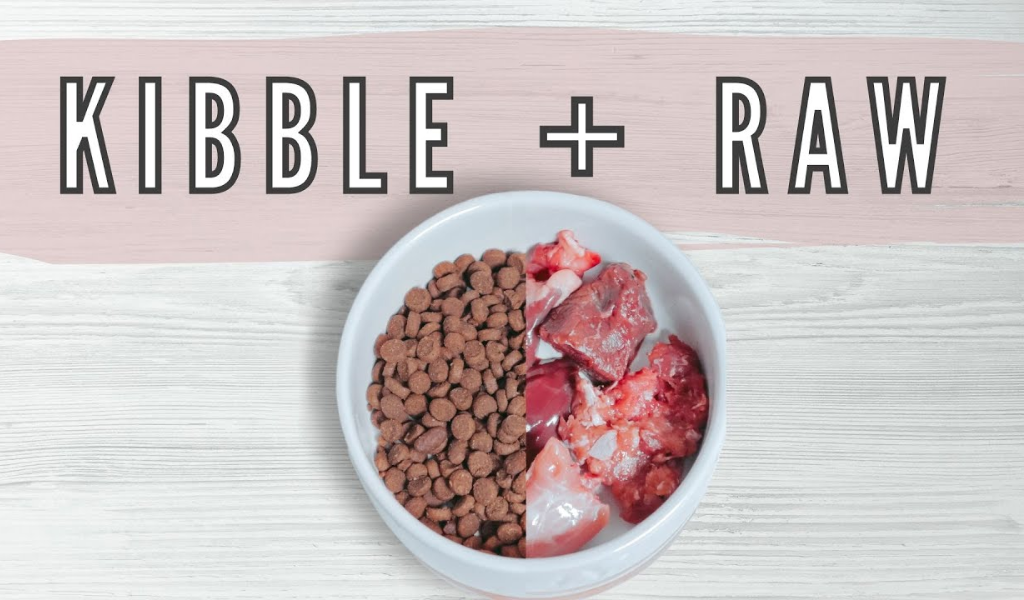
This plan is a unique method of feeding dogs that combines elements of both raw feeding and a kibble diet. It aims to combine the benefits of raw and kibble foods while limiting some drawbacks. Here’s how the half raw half kibble diet plan helps:
- Convenience: While raw feeding needs careful handling, storage, and preparation of uncooked ingredients, kibble is easy to store and serve. Thus, combining both allows for a more flexible feeding routine.
- Transitioning: The plan is beneficial when transitioning a dog from one diet to another. It helps your furry buddy’s digestive system adjust to the new diet more smoothly.
- Digestive Health: Some believe combining these diets support better digestion and gastrointestinal health. Mixing easily digestible raw elements with the processed nature of kibble might create a good balance for some dogs.
- Personalization: This plan offers the flexibility to customize your pup’s diet based on their needs, tastes, and health conditions. You can adjust the ratio of raw to kibble based on what works best for your dog.
Which Diet Should You Choose?
As we come to the end of our comparison of raw feeding vs kibble diet, have you made up your mind? Simply put, each method of feeding your pet has its pros and cons to consider. The choice depends on what’s best for your pet and your lifestyle.
No matter what you decide, talking to a vet or a pet nutrition expert is vital, as they can help you understand your pet’s needs. Whether you go with raw food or kibble, remember to put your pet’s health and happiness first.

